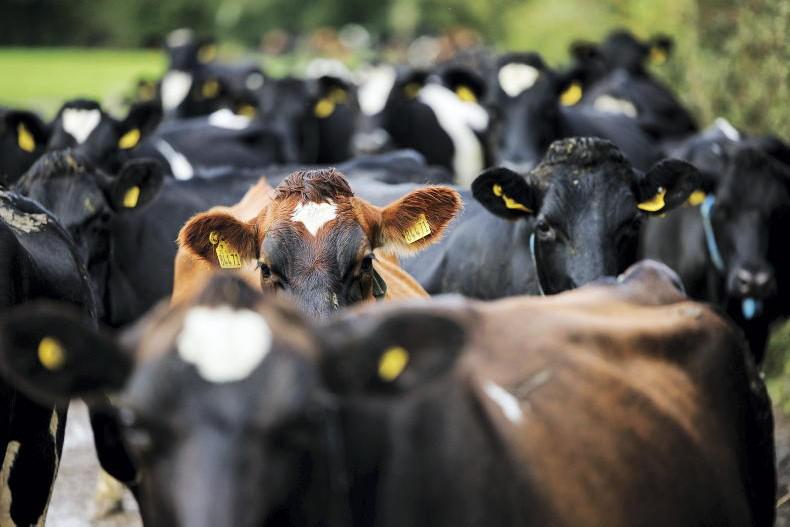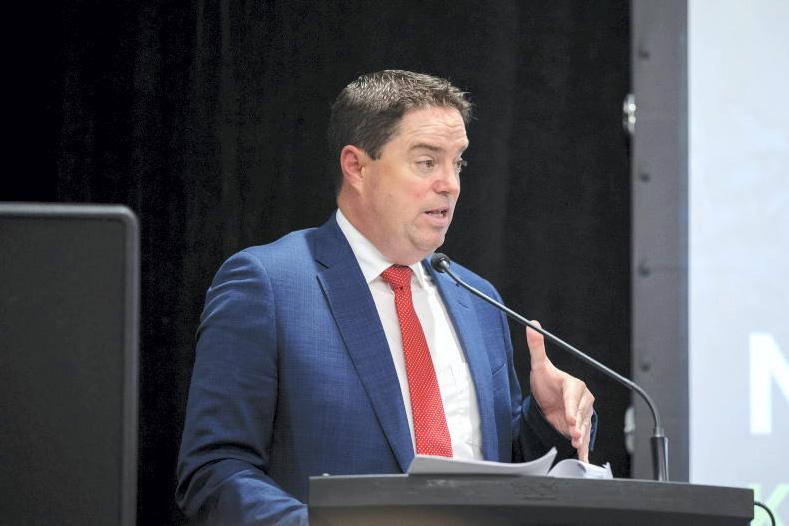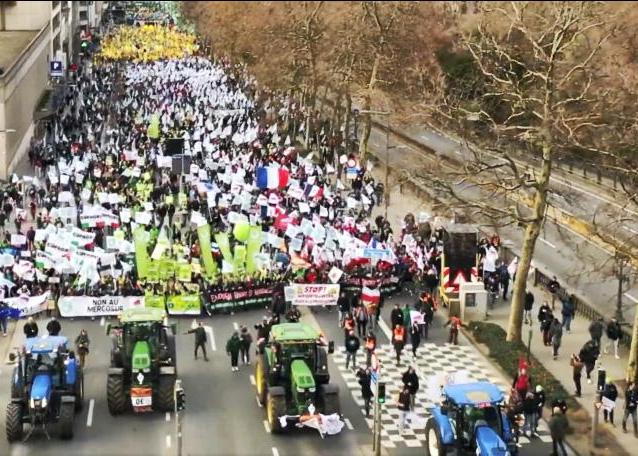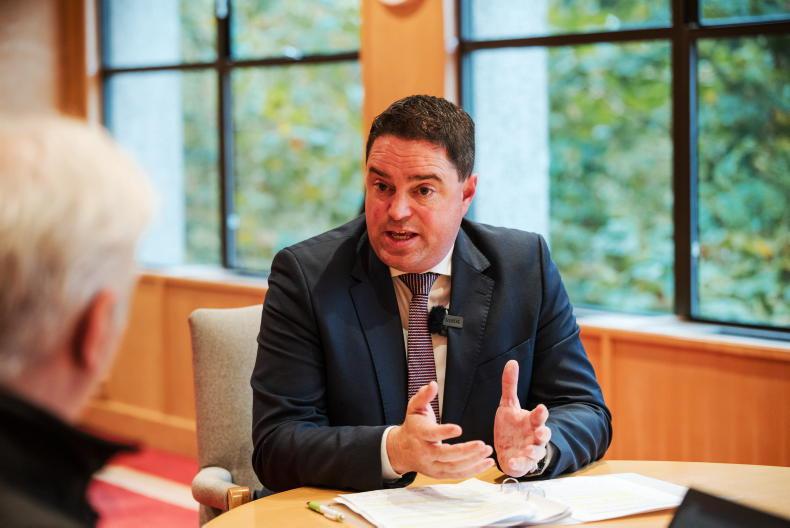The old Chinese back-handed blessing “that you may live in interesting times” has been oft repeated by The Dealer over the last few years.
Change has rampaged rather than raced through the farm sector – as it has in many other sectors – over the last decade.
The dairy boom, Brexit, COVID-19, CAP reform, climate change, the war in Ukraine and the consequent surge in input prices was an awful lot to pack into 10 years.
Little wonder that policy makers struggled to keep pace in this very fluid and rapidly changing environment.
So, what do the next 12 months hold for farming?
The first item on the list will be government formation, followed by the appointment of a new, or old, minister.
The government make-up appears as nailed down as the average junior A hurling team in most small parishes.
Thirteen positions are taken by the usual suspects.
The only issues up for discussion are who will fill the number 13 and number 15 jerseys; and how long will the poor unfortunates survive before being hauled off because the backs leaked 3-10.
Fianna Fáil and Fine Gael will obviously provide the spine of the government team, with the Regional Independents bringing up the numbers.
Fine Gael’s Martin Heydon is many observers’ favourite to take over the agriculture portfolio.
But whoever gets the nod will be in for a busy four or five years.
Keeping farming on track in terms of carbon emissions will certainly be a priority, but retaining the nitrates derogation will be the first real test of the new minister.
Ireland received a timely boost in its battle to save the derogation following confirmation that nitrates levels in rivers are on the slide. However, further positive results will be needed.
The start of the CAP reform negotiations is the other ‘big-ticket’ item on the political front; and a shift in the ground here could also work in Ireland’s favour.
While there was an expectation that CAP’s move into the environmental space would accelerate during the next programme, the latest EU outlook figures should help Ireland in its efforts to retain CAP as primarily an agricultural policy.
Given that the recent EU output report forecast sizeable drops across all the main farm commodities – from beef to milk to lamb – those arguing for a ‘truly agricultural CAP’ will surely feel that their hand has been strengthened.
On a further positive note, the drop in Europe’s agricultural output means that the strong product prices farmers enjoyed through the back-end of this year are likely to continue into 2025.
Indeed, next year’s price prospects for beef, lamb, pork and milk are all positive.
2025 will certainly be busy, but it’ll be good busy if the lads and lassies wearing the ‘weltons’ are making a few more bob.










SHARING OPTIONS